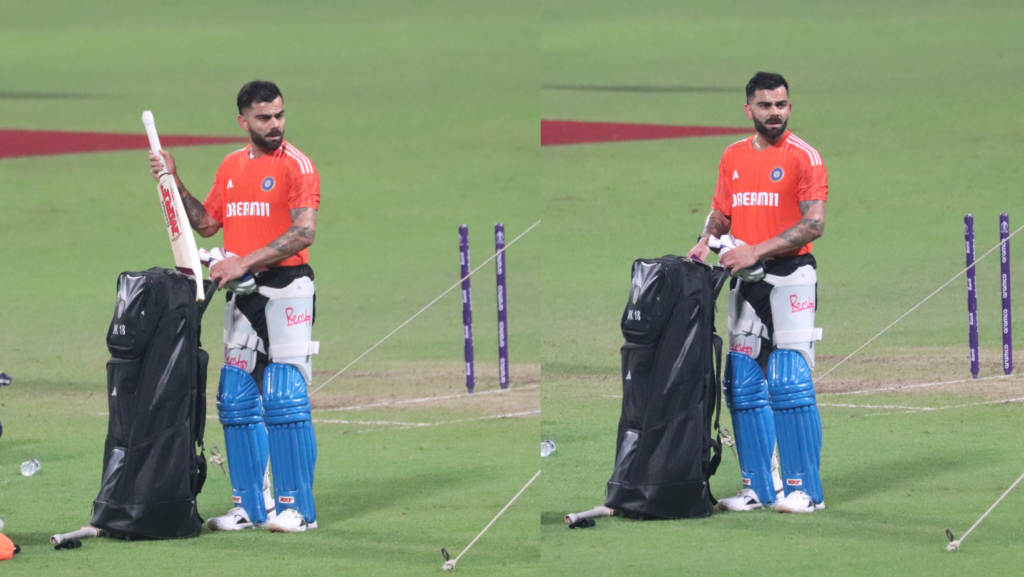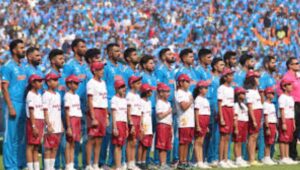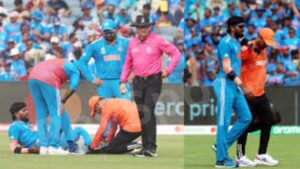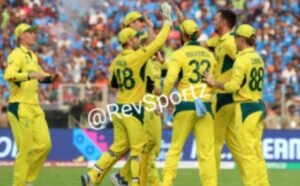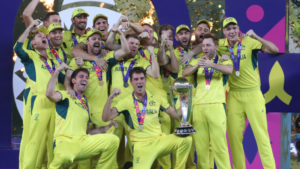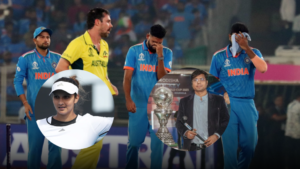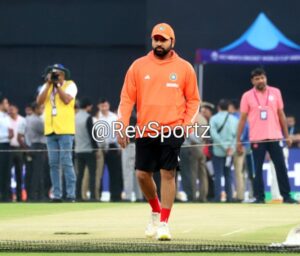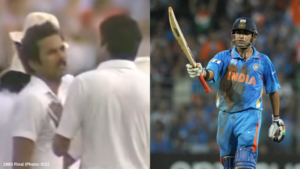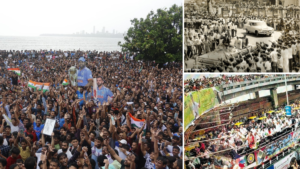Virat Kohli found a remarkable inner calm through his cricket, rising as the first of the Social-Media-era superstars. Inner calm and an intense Kohli, wearing his emotions on his sleeve despite each broadcaster assigning a camera to zoom in on his face, may sound like an oxymoron. But he would not have lasted so many seasons without finding that peace.
He has been the subject of countless storms which raged on social media platforms and yet he has managed to embrace tranquility when padded up and batting for India. It is this ability which has been his biggest asset in an international career spanning 15 years. He has not measured his success or power by the number of his social media followers, but by what he has done for his team.
It is immensely creditable that Virat Kohli has been able to make the most of the talent, and hone the skills needed for his cricket – including his fitness – while shutting his mind to the myriad responses that he draws on social media for everything he does or doesn’t, says or doesn’t say, from his own 262 million followers on Instagram and 58.7 million followers on Twitter (now X), and others.
Twitter was launched in March 2006 and Virat Kohli made his one-day international debut in August 2008. Instagram became available to people in October 2010, and he made his maiden appearance in Test cricket in June 2011. It is only when we see such a backdrop that we can understand the enormity of the challenge that he has faced.
Comparisons, they say, are odious. And yet it may help to do a quick survey. Kapil Dev’s peak came when India embarked on its romance with colour television in 1982. Sachin Tendulkar’s rise coincided with the onset of cable and satellite TV in the country in the early 1990s. And Mahendra Singh Dhoni did wonderfully in the transitionary phase between Tendulkar and Kohli.
If the earlier generation of cricketers was ‘scrutinised’ by the cable and satellite television news channels which mushroomed in India around the turn of the century, Kohli was among the first to come under millions of individual microscopes and cope with the rather ruthless examination that social media gives cricketers and all other athletes.
There is no doubt that social media can both be a boon and a bane, a blessing and a burden.
It is not as if cricket fans of an earlier era did not have an opinion, but they did not have so many platforms to express themselves. Nor did they spew vitriol on one another because they admired one cricketer or the other. To be sure, such fan behaviour has not really the concerned Kohli or his team-mates, but fans have moved away from being mere students of the game.
We may get a fair idea of what Kohli could possibly be dealing with when we go back to the time where he was forced to issue a denial that he was charging obscene amounts of money for each social media post. We may get a better idea when we cast our minds back to the time a neighbour posted a video of him playing cricket with Anushka Sharma, his wife, during the lockdown.
What is the big deal, one may ask?
Let’s also explore the thoughts aired by Sir Alex Ferguson, one of the most successful football managers, in his book Leading. “It is probably fortunate for me that I did not have to contend with social media for most my career,” he wrote. “The legions of fans following United on Twitter, Facebook or Instagram massively outnumber the fans tracking the club through the Sun or the Daily Mirror.
“They say you need a thick skin to deal with some of the abuse on Twitter but – though it might come from many more quarters beyond the foul language – it isn’t any worse than what a manager experiences from newspapers and television pundits. At least the social networks provide a platform for precise control of the message that you want to communicate and the way to answer questions even if they sometimes provoke an unexpected backlash.”
Indeed, there is a whole different mindset that contemporary athletes have had to embrace in a society which has evolved with social media playing a central role. Kohli’s challenge gets that much tougher since there is no one with experience to guide him, not cricketers or other athletes, not sociologists or psychologists. He has had to find his own coping mechanisms.
Dr Nanaki J Chadha, a sports psychologist, agrees that social media adds to the pressures that modern athletes face – some reckon that Kohli is the third-most-followed sportsperson. “I believe he is able to block out a lot of negatives by focusing on himself, his game, his team and his family,” she said. “He is able to internalise rather than worry about the external factors.”
Be that as it may, whether his responses to social media becomes the subject of social science researchers or not, Kohli has found joy in the journey to becoming himself and being authentic. And by doing that, he has offered younger athletes a reasonable template to adopt as they gain popularity on social media.
The post Virat Kohli, and life as Indian cricket’s first social-media Superstar appeared first on RevSportz | Latest Sports News.
Virat Kohli found a remarkable inner calm through his cricket, rising as the first of the Social-Media-era superstars. Inner calm and an intense Kohli, wearing his emotions on his sleeve…
The post Virat Kohli, and life as Indian cricket’s first social-media Superstar appeared first on RevSportz | Latest Sports News.

